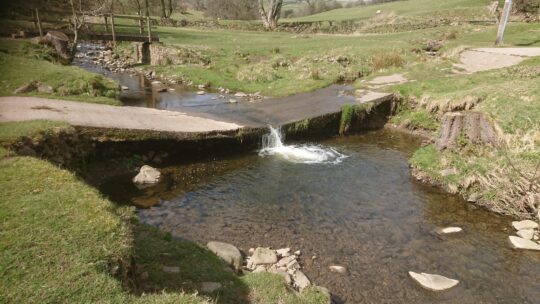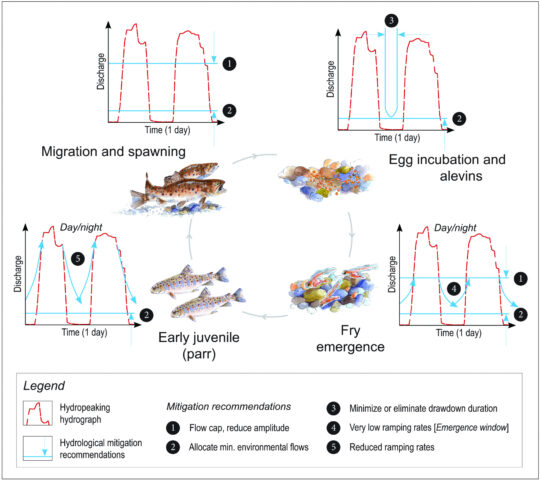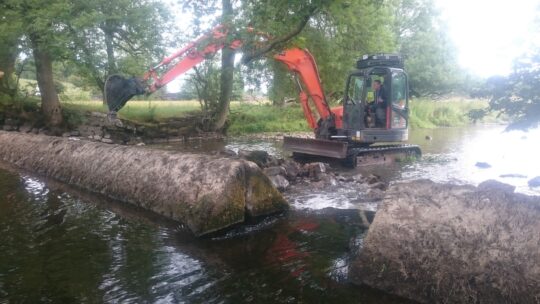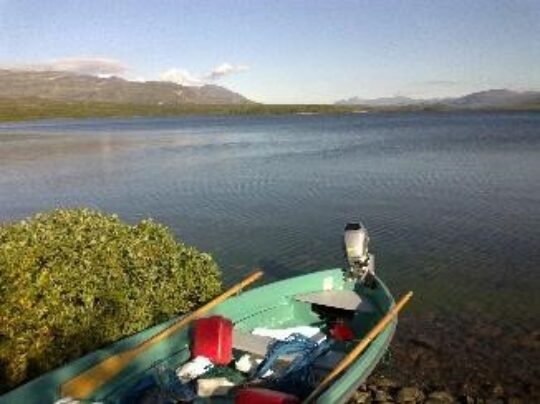As anglers, we often struggle to find fish in a stream, river or lake / loch, and we're generally seeking the bigger fish! Keeping track of the vulnerable juvenile life-stages is even more tricky, and then imagine translocating that problem to the sea.... OK, so with advances in acoustic telemetry, the boffins have a few tricks up their sleeves and are making some headway but the logistics of tracking in such a potentially vast environment are nonetheless challenging. Isabel Moore from the Scottish Centre for Ecology & The Natural Enviornment has risen to that challenge during her PhD and outlines one aspect below.
The brown trout is a remarkably diverse species; it can utilise multiple life-history strategies, ranging from freshwater residency through to migration into marine environments for a period of time before returning to freshwater to reproduce (i.e. anadromous sea trout). Unfortunately, this iconic species has been faced with significant population declines in recent decades across the UK and other parts of the world. A significant portion of the anadromous population decline is thought to occur in marine environments. However, the sheer areal extent of habitats utilised by sea trout makes the monitoring of their movements very difficult, leaving many unanswered questions about the types of challenges that sea trout face and how those challenges might affect the their survival rates. Both environmental (i.e. predation, climate change, etc.) and anthropogenic influences (i.e. overfishing, aquaculture, etc.) have been identified as potential sources of increased mortality, but further research is required to determine the effect of each on wild sea trout.
Resident brown trout (left) and anadromous sea trout with acoustic tag on the rule below (right)





